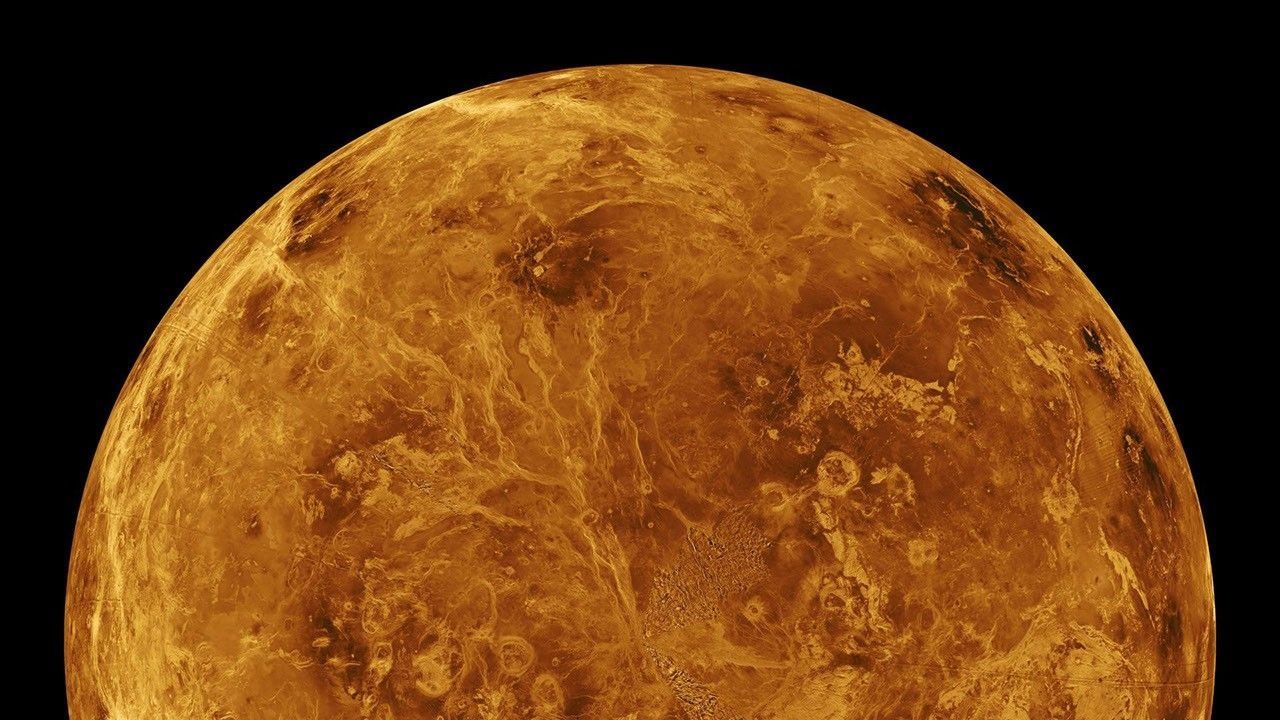The enigmatic crown-like geological formations on Venus, known as coronae, may finally have a scientific explanation. A recent study suggests that a “glass ceiling” in the planet’s mantle is trapping heat and driving slow, shifting currents, which could lead to the formation of these unique surface features. The research, published on September 16, 2023, in the journal PNAS, offers new insights into the geological processes shaping Venus.
Lead author Madeleine Kerr, a doctoral candidate at the University of San Diego’s Scripps Institution of Oceanography, emphasized the significance of their findings. “On Venus, there is a pattern that is telling us something,” she stated. “We think what we found is the key to unlocking the mystery of the origin of these coronae.”
Venus and Earth share similarities, often referred to as “twin” planets due to their comparable sizes, bulk densities, and proximity to the sun. Despite these similarities, their geological histories have diverged significantly. The presence of coronae, which are unique to Venus, highlights one of these key differences.
Scientists have identified more than 700 coronae on Venus, ranging in size and complexity. The origin of these features has puzzled researchers, especially since Venus has a single, continuous crust, unlike Earth, which has shifting tectonic plates. Previous hypotheses have linked larger coronae, those exceeding 310 miles (500 kilometers) in diameter, to mantle plumes and tectonic processes. In contrast, smaller coronae, averaging about 124 miles (200 km) in diameter, are thought to arise from smaller hot upwellings.
Despite various theories, a comprehensive explanation for the formation of these geological features has remained elusive. David Stegman, a professor of geosciences at the Scripps Institution of Oceanography, remarked, “The current state of knowledge of the planet Venus is analogous to the 1960’s pre-plate tectonic era because we currently lack an equivalent unifying theory capable of linking how heat transfer from the planet’s interior gets manifested into the tectonics and magmatic features observed on Venus’ surface.”
The new study proposes that a barrier exists at a depth of about 370 miles (600 km) within Venus’ mantle, referred to as the “glass ceiling.” This layer causes cold material to sink and hot material to rise, with most rising plumes unable to penetrate the barrier. As a result, these plumes are diverted and spread laterally beneath this ceiling. Only the largest plumes manage to reach the surface, creating the significant volcanic features associated with coronae.
The researchers describe the trapped material beneath the glass ceiling as a “hidden reservoir” of heat that remains warm but does not melt. They explain, “This layer of warm fluid trapped between 600 to 740 km [370 to 460 miles] depth provides a global source of smaller-scale thermal instabilities.” By using computational models, the team demonstrated how these small plumes could naturally form beneath the planet’s crust.
In earlier studies, scientists often began their geodynamic models with existing hot blobs beneath Venus’ lithosphere to explain the formation of coronae and volcanoes. The current research advances the understanding by offering a plausible natural origin for these initial conditions. As secondary plumes rise and interact with the mantle, they could contribute to the variety of coronae observed across the planet’s surface.
The models suggest this mechanism operates when the mantle is between 250 to 400 kelvins hotter than Earth’s mantle. However, the longevity of such a thermal state remains uncertain.
The researchers acknowledged the need for further investigation into these geological processes. Future studies should focus on modeling plume dynamics in three dimensions, considering melting both within the mantle and on the surface, and tracking changes throughout Venus’ geological history. These advancements will enhance the understanding of how Venus’ internal heat and movements shape its coronae, volcanoes, and overall surface features.





































































